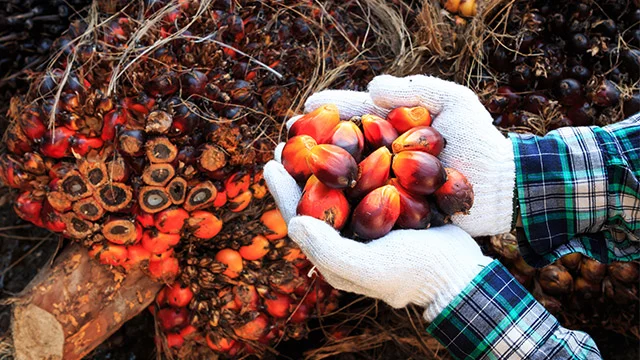Palm Oil Mill Effluent
- A liquid waste generated during the palm oil milling process
- Classified as hazardous waste (B3 waste) due to its high Biochemical Oxygen Demand (BOD) and
- Chemical Oxygen Demand (COD) levels
- Contains nitrogen, phosphate, calcium, magnesium, and potassium
- Can be used as a fertilizer, particularly for degraded land, such as post-mining areas
- Has the potential to be utilized as a bioenergy source

Export Market
- POME as a bioenergy source → Many palm oil mills in Indonesia have started converting POME into biogas to reduce reliance on fossil fuels.
- POME utilization for organic fertilizers → Enhances soil fertility and reduces the need for chemical fertilizers in the plantation and agricultural sectors.
- Stricter environmental regulations → Encourage the palm oil industry to process POME more sustainably, turning it into a commercially viable resource.
Domestic Market
- POME as a bioenergy source → Many palm oil mills in Indonesia have started converting POME into biogas to reduce reliance on fossil fuels.
- POME utilization for organic fertilizers → Enhances soil fertility and reduces the need for chemical fertilizers in the plantation and agricultural sectors.
- Stricter environmental regulations → Encourage the palm oil industry to process POME more sustainably, turning it into a commercially viable resource.

